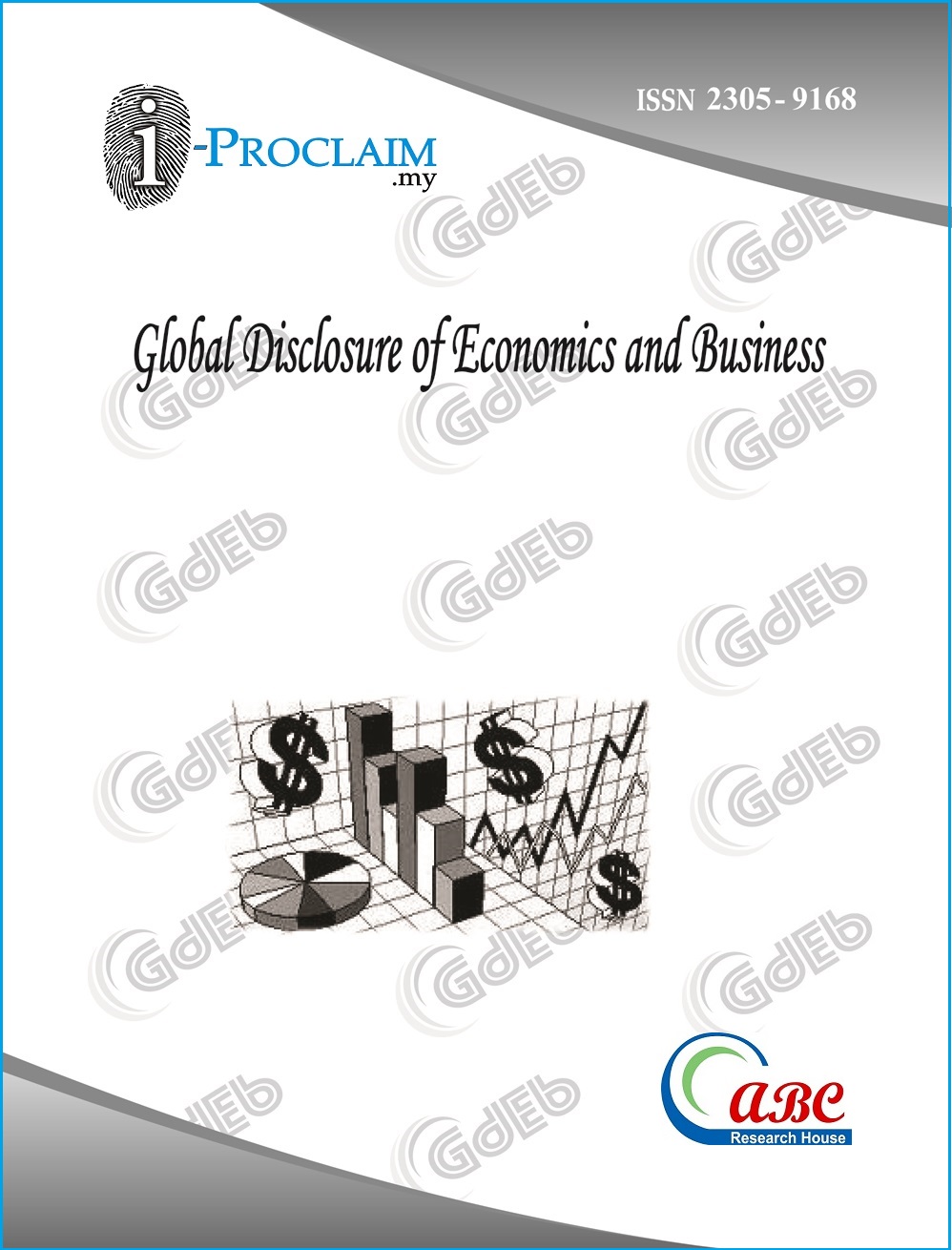Digital Asset Management: A Lowdown on Intricacies of Digital Rights and Permissions
DOI:
https://doi.org/10.18034/gdeb.v9i2.605Keywords:
Asset Management, Media, Content, Financial StrategyAbstract
The adaptability of digital asset management has prevailed enormous businesses and individuals who desire to manage information effectively. The criteria of this paper will revolve around the in-depth intricacies of digital asset management, its functions, significance, and categories of DAM. The introduction of digital rights and permissions aligned with highlighted copyright permission. Initializing from manual asset management and proceeding towards digital asset management, media asset management, and finalizing at massive content management, these terms seem to be striving to explain a unified thing. However, each domain of asset management has separate aspects of managing information. Every organization will opt for its criteria of approach for managing the assets that rely upon the environmental, current cultural, and financial state of the company.
Downloads
References
Austerberry, D. (2012). Digital asset management. 2nd Edition, Routledge. ISBN: 9781136033612 DOI: https://doi.org/10.4324/9780080491158
Bechtold, S. (2004). Digital rights management in the United States and Europe. The American Journal of Comparative Law, 52, 323-382. DOI: https://doi.org/10.2307/4144454
Carner, M. (2019). A human-centred design approach to digital asset management: User experience as a foundation for system-configuration design. Journal of Digital Media Management, 7(4), 357-365.
Chimakurthi, V. N. S. S. (2017). Cloud Security - A Semantic Approach in End to End Security Compliance. Engineering International, 5(2), 97-106. https://doi.org/10.18034/ei.v5i2.586 DOI: https://doi.org/10.18034/ei.v5i2.586
Currall, J. E. and Moss. M. S. (2009). Digital asset management. In: Encyclopedia of Library and Information Sciences, Third Edition. CRC Press: 1528-1538. DOI: https://doi.org/10.1081/E-ELIS3-120044289
Dingledy, F. W. and Matamoros. A. B. (2016). What is Digital Rights Management? Library Staff Publications. 122. https://scholarship.law.wm.edu/libpubs/122
Ku, W. and Chi. C.-H. (2004). Survey on the technological aspects of digital rights management. In: International Conference on Information Security. Springer: 391-403. DOI: https://doi.org/10.1007/978-3-540-30144-8_33
Liu, Q., Safavi-Naini, R. and Sheppard, N. P. (2003). Digital rights management for content distribution. In: Proceedings of the Australasian information security workshop conference on ACSW frontiers 2003, Volume 21. 49-58.
Manavalan, M. (2018). Do Internals of Neural Networks Make Sense in the Context of Hydrology? . Asian Journal of Applied Science and Engineering, 7, 75–84. Retrieved from https://upright.pub/index.php/ajase/article/view/41
Manavalan, M. (2019). Using Fuzzy Equivalence Relations to Model Position Specificity in Sequence Kernels. Asian Journal of Applied Science and Engineering, 8, 51–64. Retrieved from https://upright.pub/index.php/ajase/article/view/42
Manavalan, M. (2019a). P-SVM Gene Selection for Automated Microarray Categorization. International Journal of Reciprocal Symmetry and Physical Sciences, 6, 1–7. Retrieved from https://upright.pub/index.php/ijrsps/article/view/43
Moss, D., Likely, F., Sriramesh, K. and Ferrari, M. A. (2017). Structure of the public relations/communication department: Key findings from a global study. Public relations review, 43(1), 80-90. DOI: https://doi.org/10.1016/j.pubrev.2016.10.019
O’Gorman, E., Van Dooren, T., Münster, U., Adamson, J., Mauch, C., Sörlin, S., Armiero, M., Lindström, K., Houston, D. and Pádua, J. A. (2019). Teaching the environmental humanities: International perspectives and practices. Environmental Humanities, 11, 427-460. DOI: https://doi.org/10.1215/22011919-7754545
Subramanya, S. and Yi, B. K. (2006). Digital rights management. IEEE potentials, 25, 31-34. DOI: https://doi.org/10.1109/MP.2006.1649008
Wager, S. (2005). Digital asset management, media asset management, and content management: From confusion to clarity. Journal of Digital Asset Management, 1, 40-45. DOI: https://doi.org/10.1057/palgrave.dam.3640008
Zerfass, A. and Volk, S. C. (2018). How communication departments contribute to corporate success: The communications contributions framework. Journal of Communication Management, Vol. 22 No. 4, pp. 397-415. https://doi.org/10.1108/JCOM-12-2017-0146 DOI: https://doi.org/10.1108/JCOM-12-2017-0146
Zur, O., Williams, M. H., Lehavot, K., & Knapp, S. (2009). Psychotherapist self-disclosure and transparency in the Internet age. Professional Psychology: Research and Practice, 40(1), 22–30. https://doi.org/10.1037/a0014745 DOI: https://doi.org/10.1037/a0014745
--0--










